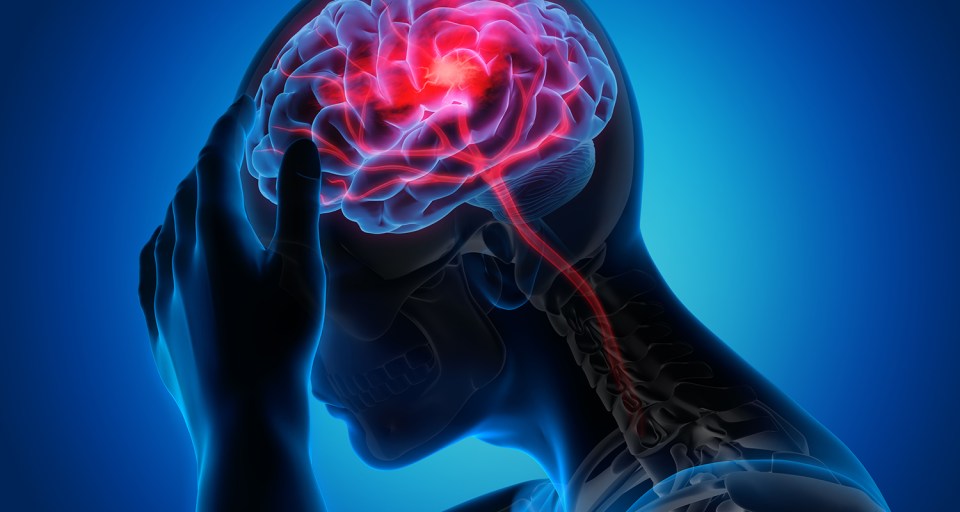Updated April 18, 2023
Carl was settled into his favorite recliner to watch a replay of the 2019 World Series. It was the bottom of the seventh inning when he noticed numbness and tingling on the left side of his face, arm and leg. He decided to get up and “walk it off.” He quickly stumbled and was able to catch the arm of the nearby sofa and ease himself back into his recliner. The seemingly trivial event was a Transient Ischemic Attack, or TIA stroke.
However, not knowing the signs, Carl decided to wait and see if the numbness would clear. By the top of the ninth inning he was feeling normal and decided to wait and see if it recurred.
It did. Four days later, while seated at the dinner table, he suddenly developed paralysis of the left side of his body. This time, he suffered a severe stroke.
With proper treatment at that time of the TIA, Carl could have avoided the disabling stroke that followed.
What is a TIA Stroke?
Times have changed. It was not that long ago that we defined a TIA as the sudden onset of focal neurologic symptoms that lasted less than 24 hours and was caused by a reversal of a blockage of blood flow to the brain. TIA is now defined as a transient episode of neurologic dysfunction caused by a blockage of blood flow (ischemia) to the brain, spinal cord or retina without causing an acute stroke (infarction). This is what we call a “tissue definition,” meaning that to be a TIA, and not a stroke, the MRI must be normal.
What Do You Need to Know?
A recent review in the New England Journal of Medicine provides a concise up to date review of what everyone needs to know.
The main takeaway points:
- Like Carl, 20-25% of all ischemic strokes have a warning TIA
- You need to pay immediate attention to any of the symptoms in this short mnemonic—F.A.S.T:
- Face drooping
- Arm weakness or numbness
- Speech slurred or difficulty speaking
- Time to call 9-1-1, do not wait for your doctor to call you back
- TIA typically last seconds to minutes, but as a rule are less than an hour. It may be brief, but it is a neurologic emergency.
- If a specialized Diffusion Weighted MRI scan is performed, 50% of suspected TIAs are a stroke. Perfusion MRI scans reveal another 20% of people have had a stroke.
- Without treatment the risk of a stroke after a TIA is 20% at 90 days, being highest in the first 10 days.
What Does This Mean for You?
Immediate treatment of a TIA decreases the risk of by 80%. If Carl had recognized his symptoms as a TIA and gone to an emergency room, he would have received appropriate treatment and most likely avoided his major disabling stroke. An MRI may very well have shown that he had a stroke and not just a TIA. A combination of diffusion weighted and perfusion MRI scans, reveal that as many as 80% of TIAs are strokes.
The brief numbness and loss of balance that Carl experienced should not be ignored. Many patients with TIAs, strokes and heart attacks do not go to emergency room in time; as a result, many people are progressing to full fledged strokes and heart attacks.
Act Now!
If you experience even mild symptoms of stroke, never say, “I’ll wait to see if it comes back.” The next symptom may be a major stroke. Act now!
The content of this site is for informational purposes only and should not be taken as professional medical advice. Always seek the advice of your physician or other qualified healthcare provider with any questions you may have regarding any medical conditions or treatments.




